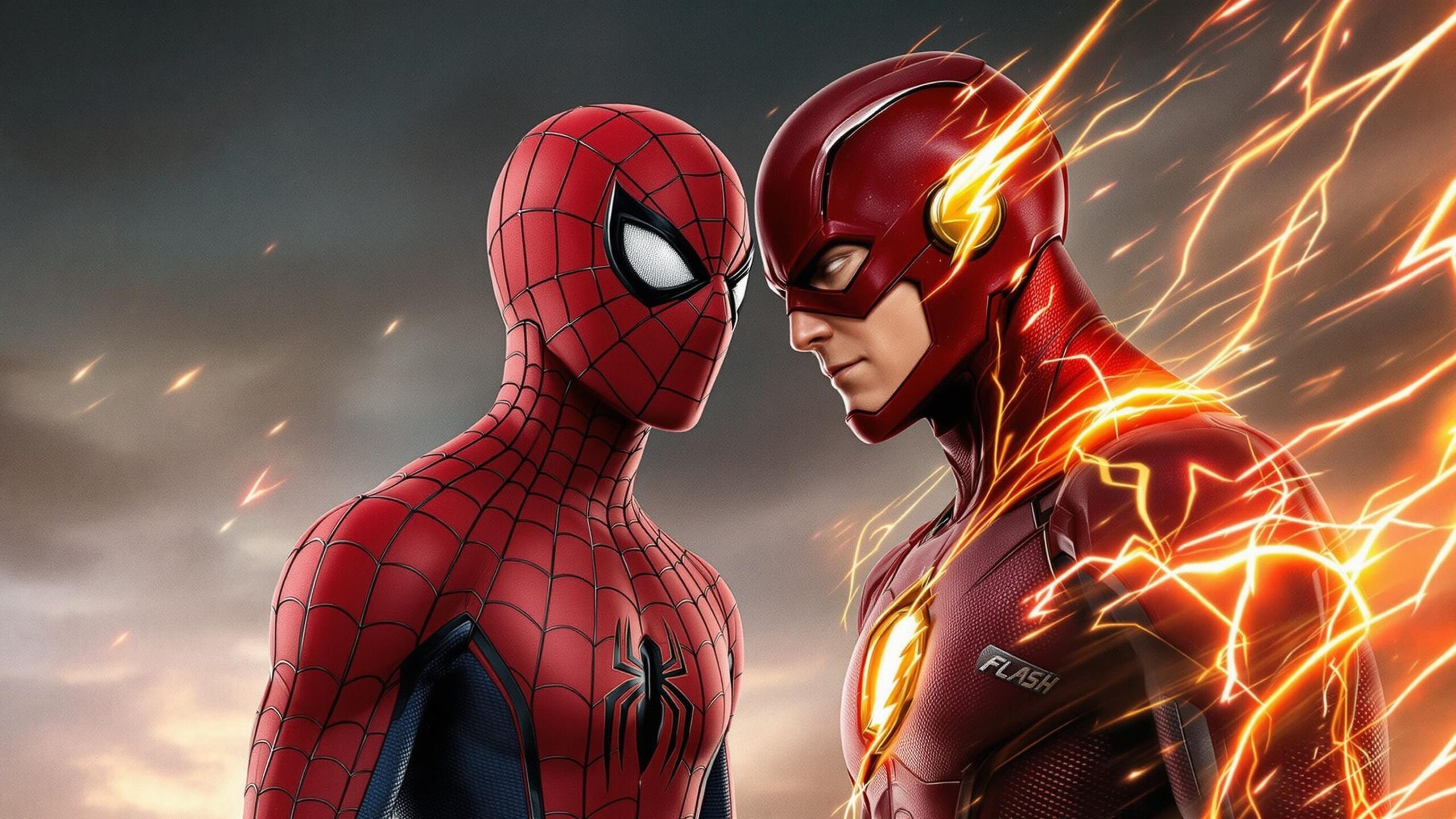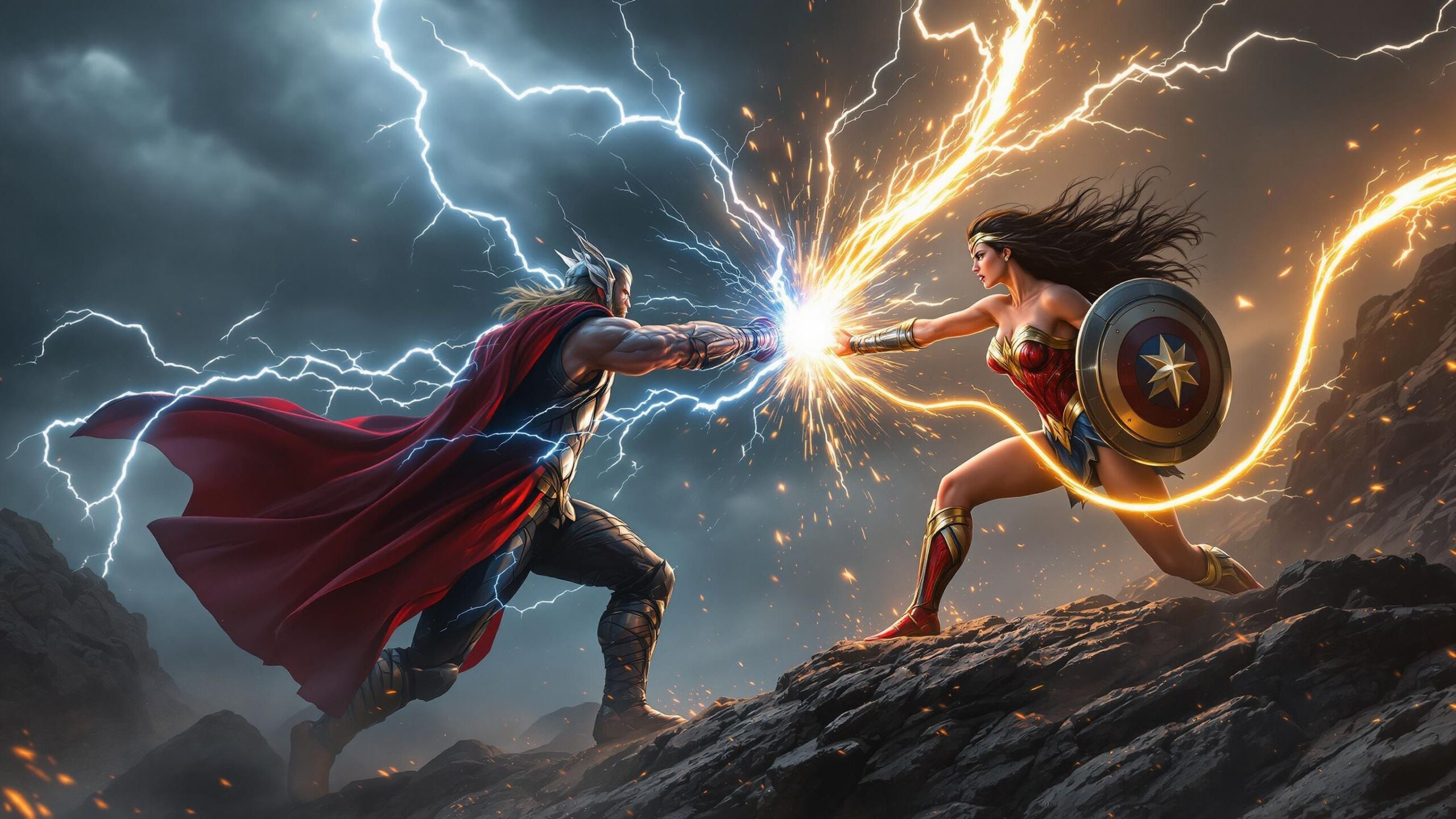Once a quirky sidekick born in a cartoon, Harley Quinn has exploded into one of the most recognizable—and unpredictable—characters in modern pop culture. From her earliest appearances alongside the Joker in Batman: The Animated Series to her current status as a chaotic antihero headlining films, comics, and animated shows, Harley has undergone one of the most compelling evolutions in comic book history. She’s no longer just a henchwoman in jester gear—she’s a symbol of female rebellion, moral complexity, and self-discovery. This is the story of how Harley Quinn rose from the shadows of Gotham to become an antihero icon.
From Animated Origins to Fan Favorite
Harley Quinn didn’t start in the comics. She was created in 1992 by Paul Dini and Bruce Timm for Batman: The Animated Series, designed to be a one-off henchwoman for the Joker. But her unique blend of zany energy, vulnerability, and tragic devotion immediately resonated with fans. Voiced by Arleen Sorkin and inspired by a real-life soap opera clown skit, Harley became more than comic relief—she was a compelling figure who highlighted the abusive dynamics of her relationship with the Joker in surprisingly nuanced ways. Her popularity led to a comic book debut shortly after and set the foundation for her rise.
Breaking Free from the Joker’s Shadow
For years, Harley’s identity was defined by her toxic romance with the Joker. She loved him obsessively, even as he manipulated, gaslighted, and physically harmed her. But as her character evolved, so did her independence. Modern comics and animated stories—particularly the Harley Quinn solo series and Harley Quinn: Breaking Glass—gave her agency. She began breaking ties with the Clown Prince of Crime and questioning her role as a villain. Her exit from the Joker’s orbit wasn’t just a plot point—it was a transformation. Audiences watched her reclaim her autonomy, embrace her quirks, and define morality on her own terms.
Margot Robbie’s Game-Changing Performance
Harley’s cinematic leap came with 2016’s Suicide Squad, where Margot Robbie’s portrayal stole the show. Despite the film’s mixed reception, Robbie’s Harley was praised for her charisma, complexity, and physicality. With candy-colored pigtails, a Bronx accent, and a baseball bat in hand, she delivered a performance that felt true to Harley’s roots while pushing the character into new territory. Robbie’s performance gave Harley mass appeal, turning her into a Halloween costume staple, a cosplay icon, and a fan-favorite for casual viewers and comic fans alike.
Birds of Prey: Harley’s Rebirth
2020’s Birds of Prey (and the Fantabulous Emancipation of One Harley Quinn) was the cinematic moment Harley fully stepped out on her own. Directed by Cathy Yan, the film embraced Harley’s perspective, letting her narrate and dominate the chaos. It was a glittery, blood-splattered ride through Gotham that explored themes of female friendship, toxic relationships, and identity. Harley no longer needed the Joker to define her. Her relationships with characters like Black Canary, Huntress, and Cassandra Cain allowed her to connect on a deeper level and discover new purpose. Birds of Prey may not have broken box office records, but it was a cult hit that solidified Harley as a solo lead.
The Animated Series and Harley’s Newfound Depth
While Harley has been in countless comics and games, HBO Max’s Harley Quinn animated series brought her evolution to life in new, hilarious, and heartfelt ways. Voiced by Kaley Cuoco, this version dives deep into Harley’s psychological growth, friendships, and eventual romance with Poison Ivy. It’s vulgar, over-the-top, and emotionally grounded—perfect for showcasing Harley’s duality. No longer just a victim or villain, Harley is messy, flawed, brilliant, and trying to figure out what it means to be a good person in a bad world. Her relationship with Ivy is treated with care and complexity, becoming one of the best-written queer romances in animation.
Redefining the Antihero Archetype
Harley Quinn defies traditional archetypes. She isn’t your clean-cut vigilante or your standard villain-turned-good. She’s an agent of chaos with a conscience—someone who may rob a bank one day and rescue a child the next. Her sense of justice is rooted in instinct and emotion rather than rules or ideology. This makes her relatable in a modern world where black-and-white morality often feels outdated. Unlike many antiheroes who act from vengeance or trauma alone, Harley’s journey includes laughter, self-love, and the freedom to reinvent herself over and over.
A Feminist Symbol in Pop Culture
Harley Quinn’s rise coincides with broader cultural shifts. As conversations around toxic relationships, mental health, and female empowerment became more mainstream, Harley became a symbol of reclamation. She represents the messy, nonlinear path of healing—falling, rising, and failing again while still choosing to move forward. Her aesthetic—vibrant, unfiltered, and unapologetically feminine—became a rebellion against male-dominated comic traditions. Whether smashing the patriarchy with a mallet or building friendships with fellow outsiders, Harley has become a voice for people reclaiming their identity after trauma.
What Lies Ahead for Harley Quinn?
With DC Studios entering a new era under James Gunn, Harley’s future on the big screen is filled with possibilities. Margot Robbie has expressed love for the character and hinted that she’s open to returning. Meanwhile, the Joker sequel Folie à Deux, featuring Lady Gaga as Harley, promises a fresh musical twist on her mythology. Comics continue to evolve her character, placing her in new teams, giving her new solo arcs, and exploring her inner world more deeply than ever before.
Harley Quinn’s rise from animated henchwoman to antihero icon is one of the most compelling character arcs in superhero media. She’s complex, chaotic, and constantly evolving—qualities that reflect the very best of modern storytelling. As she continues to grow, inspire, and entertain, one thing is certain: Harley Quinn isn’t going anywhere. She’s here to stay, and she’s calling the shots—with glitter, grit, and a grin that says, “I’m not bad. I’m just drawn that way… with a little more blood.”



